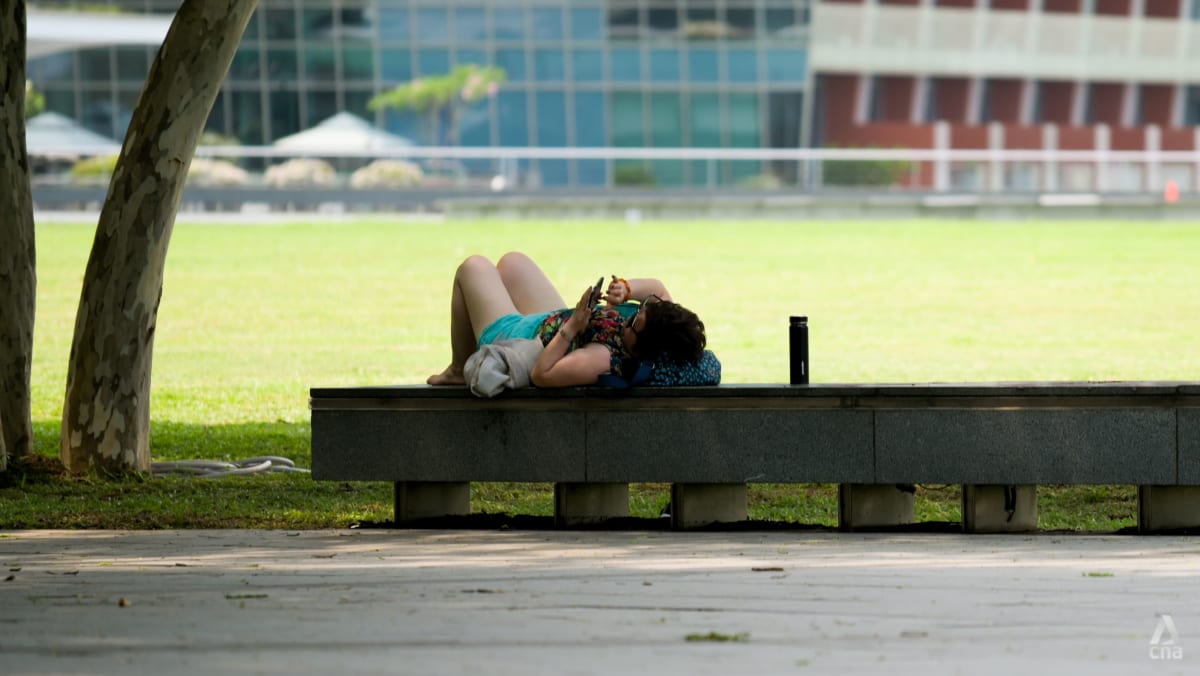Singapore has made promising progress in passive cooling. Heat-reflective roof coatings and cooling paints, which can lower the surface temperature of buildings, such as the ones deployed on HDB blocks, can help reduce indoor heat without additional energy consumption.
The fan is not as effective for body cooling when air temperature exceeds skin temperature (above 35 degrees Celsius). More viable solutions are likely to come from personal body cooling, air-conditioning and self-cooling clothing materials. Devices that cool the body rather than indoor spaces are promising due to their smaller carbon footprint, given the need to reduce emissions to avert the climate crisis.
However, these technologies are still in their early stages due to limitations in energy supply, mobility and capacity for heat removal. They would need further development to be ready for mass production.
If we want to stay safe and productive in a rapidly warming world, we must rethink not just how we cool ourselves, but also how we organise our daily activities, design our buildings, and care for the vulnerable, particularly children and the elderly. Climate adaptation is urgent, and the time to act is now.
Dr Fabian Lim, a pioneer in thermoregulation and heat injury research in Singapore, is Senior Lecturer at the Lee Kong Chian School of Medicine, Nanyang Technological University.
